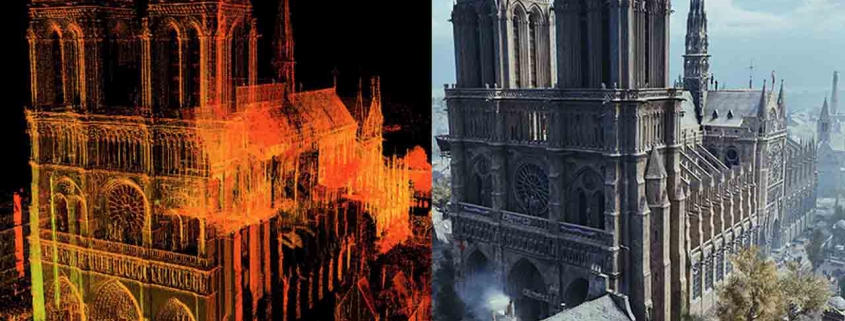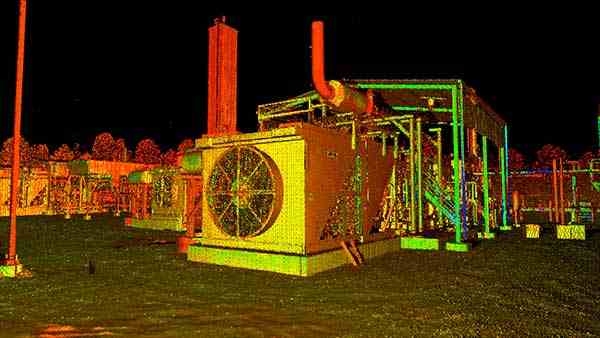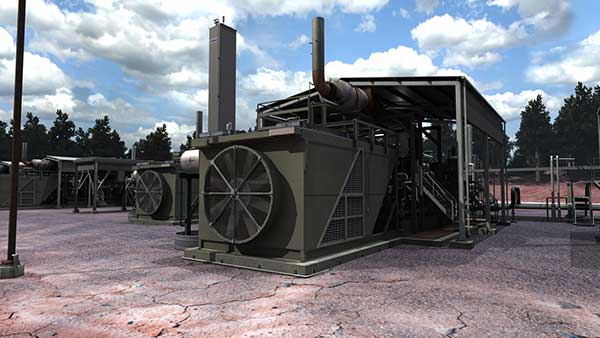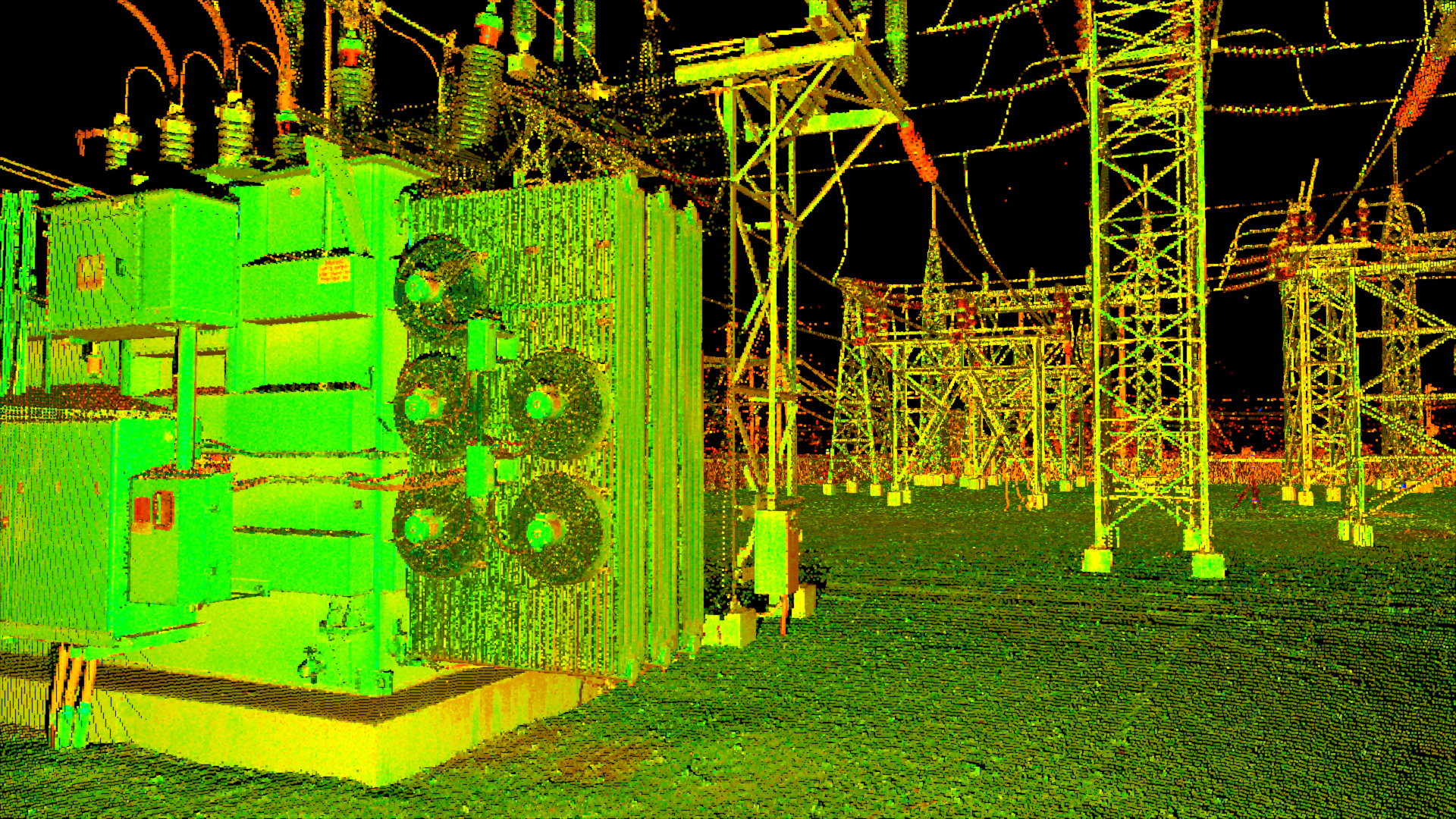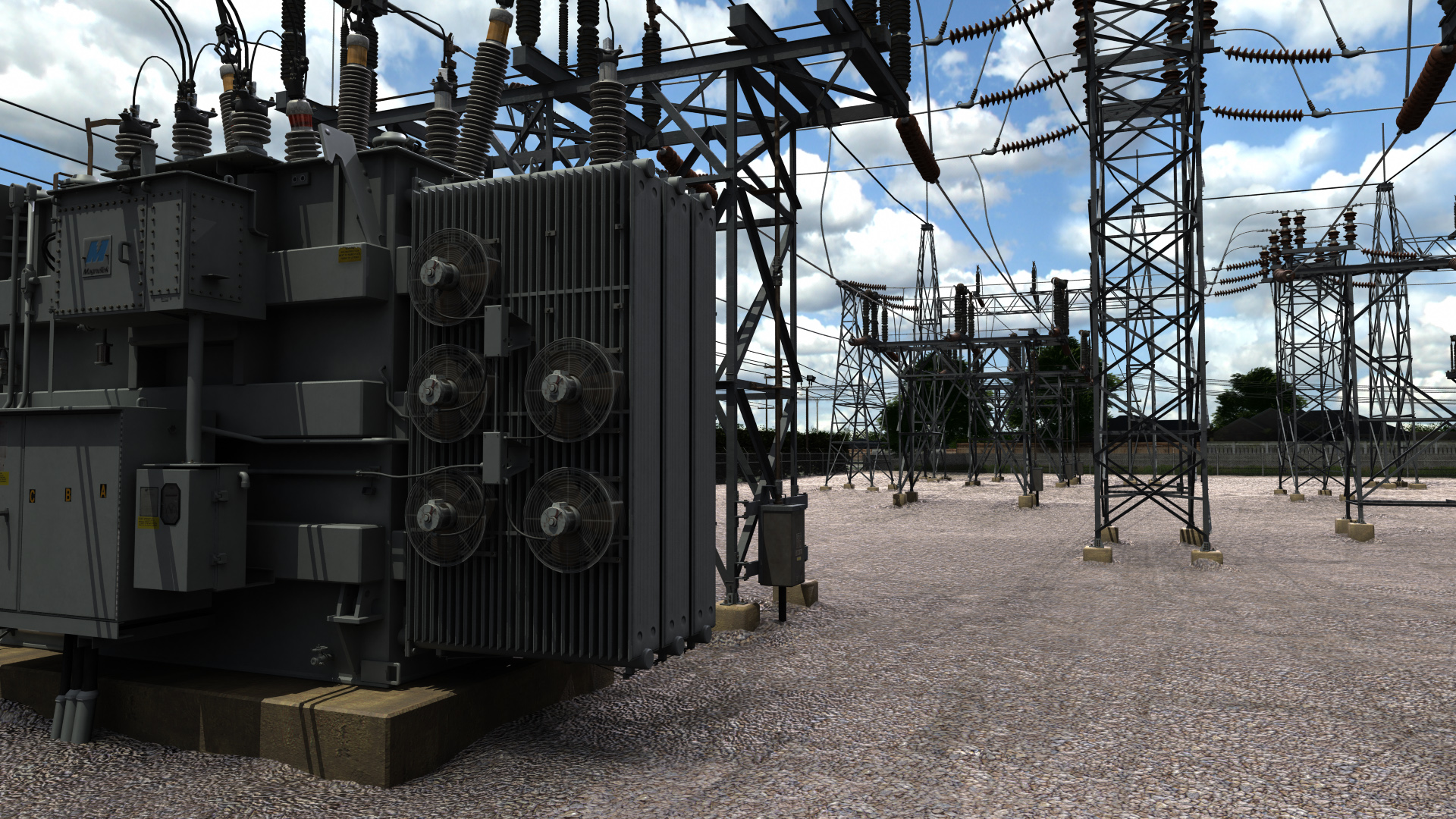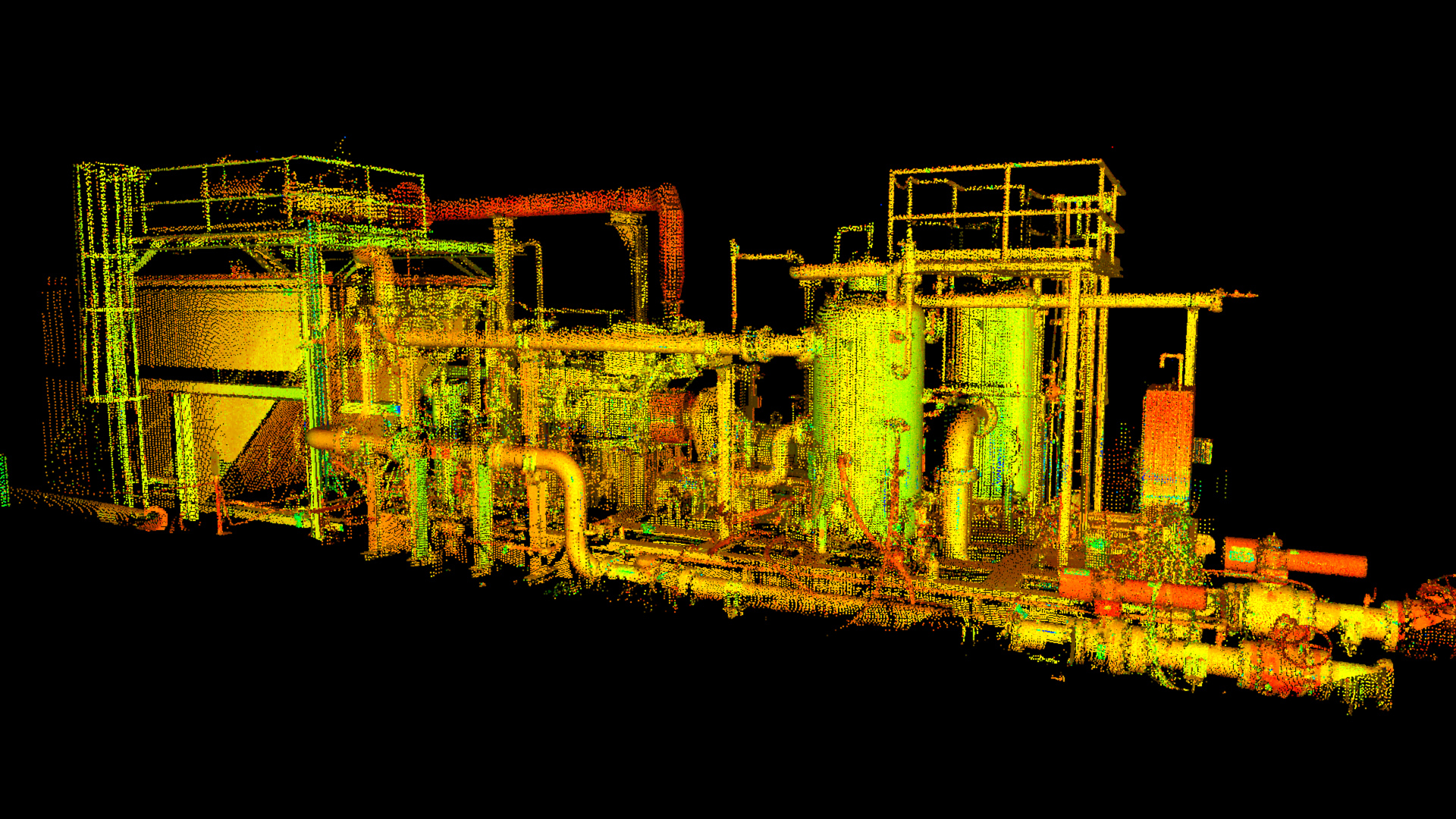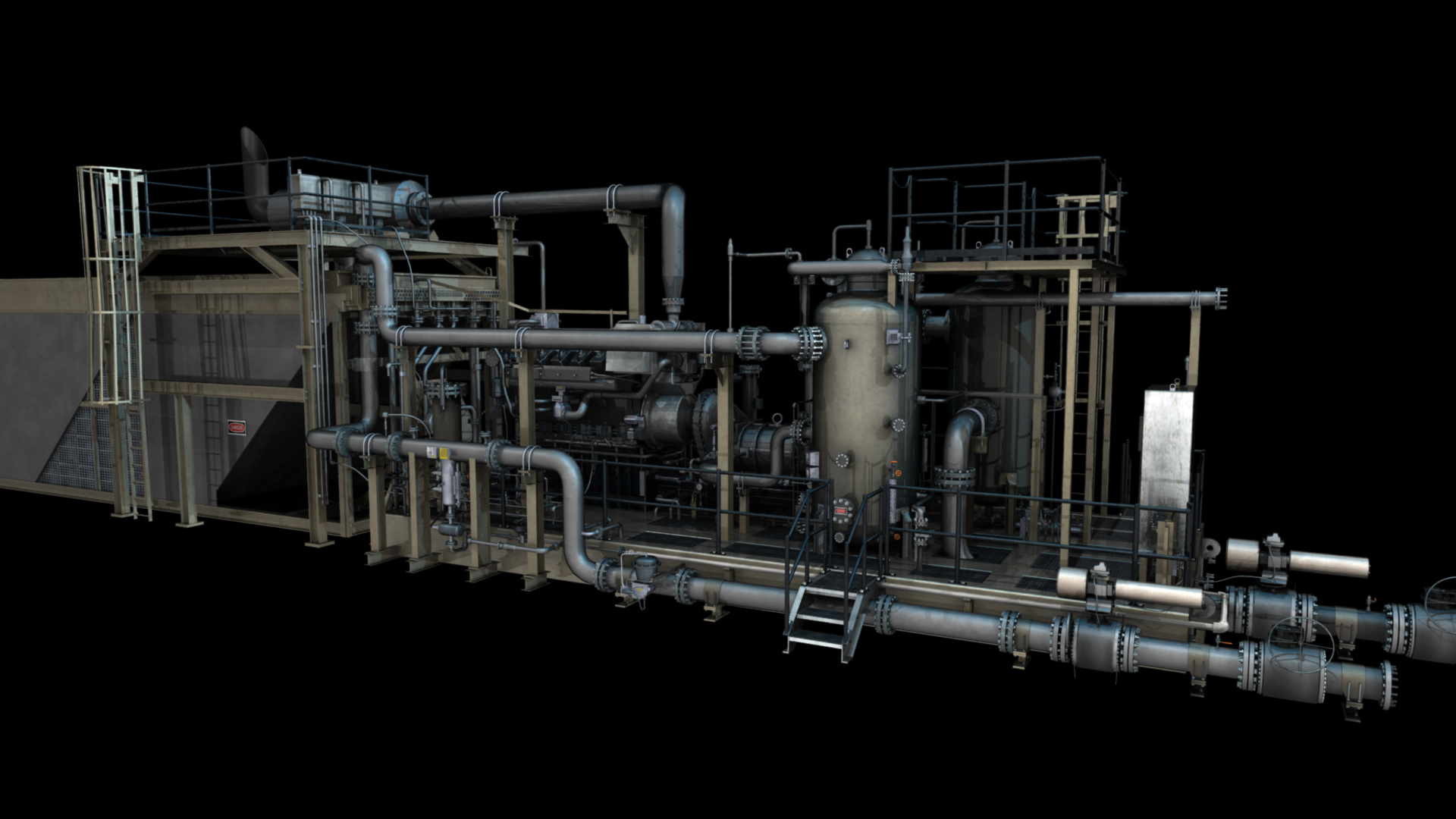3D Architecture Modeling: How a Video Game Could Save Notre Dame
When the Notre Dame cathedral burned in 2019, the entire world watched with rapt, horrified attention. The Notre Dame cathedral has long been a major historical treasure. Since 1163, it’s been known as a superb example of architecture. It has stored valuable works of art and antiques, and has become one of the most common tourist destinations in the world.
But through technological advances such as 3D architecture modeling and drone 3D mapping, the Notre Dame cathedral can still yet be saved – or, at least, restored. Here’s how a video game, of all things, may help bring back this historical building, which is expected to have its reconstruction completed by 2024.
3D Scanning for Historic Architecture
3D architecture modeling is already one of the top methods of preservation for historic buildings. Buildings can be 3D scanned and the surrounding areas surveyed for many reasons, with one of the most critical being if they are damaged or destroyed in the future. If they are damaged, these models can be used to create period-accurate repairs. If they are destroyed, these models can live on forever in the form of a digital museum.
But it wasn’t a historical preservation society that took scans of Notre Dame. Instead, it was a video game, Assassin’s Creed: Unity, using drone 3D mapping. This unexpected source could become an incredibly important resource moving forward.
Video Games and Historic Art
Assassin’s Creed is a long-running video game series that is well-known for constructing highly accurate virtual reproductions of ancient locations. Players of the Assassin’s Creed series have been able to run through historic Egypt, Italy, Greece, and more.
Players are sometimes even able to view buildings at different stages of development, due to the game’s time-traveling plot. Each location is met with descriptive text that explains the historical, architectural, and other importance of the building. Of course, it’s also a game about assassins and aliens, but that part is less relevant.
During its development, Assassin’s Creed: Unity creators conducted a very accurate recreation of the Notre Dame cathedral. Since then, many have discussed how this digital model could be used to accurately reconstruct the cathedral itself. This isn’t as unusual as it may seem. The video game industry has been making rapid strides in 3D technology, just as the movie animation industry has been.
It’s also not unusual to use a video game. In the past, photographs, drawings, and other media were often used to aid in reconstructions. While no one piece of material can be thought to be the last say in a reconstruction, being able to see the commonalities between media gives a fairly clear idea of the original. For example, an archway seen on five photographs and ten drawings is likely to be fairly accurate.
Today, accuracy goes beyond the human hand and eye, and into the realm of digital survey and drone 3D mapping.
BIM and Historic Sites
Today, it’s a game that could be saving a major historic site. Tomorrow, there could be a vault that contains all the major historic sites in the world. Business Information Modeling (BIM) — the ability to capture and preserve information about a building and the surrounding area — is a non-disruptive, highly accurate way of taking snapshots of time.
Imagine a world in which every historic site has a corresponding accurate 3D model. It can never be fully lost. If an earthquake occurs and the building falls, the building can either be completely reproduced, or it can be visited in virtual space. Even if the building is still there in all its glory, BIM can be used to create simulations for those who cannot see it in person. BIM can even be used to determine how changes in the surrounding environment could eventually impact the buildings.
Think about historic Venice. Rising waters and continued degradation mean that Venice and its most historic buildings are in danger. BIM wouldn’t just immortalize these, it could also be used to simulate how long Venice will last under the current conditions, and what could potentially be done to slow the degradation.
BIM is truly an excellent opportunity to save priceless historic locations. While nothing can replace the original buildings, and everything held within them, BIM can make it possible to get extremely close in terms of historical accuracy. Even as buildings may fall and crumble, BIM creates an eternal digital world through which these great works will always exist.
Image Credit – Softonic


